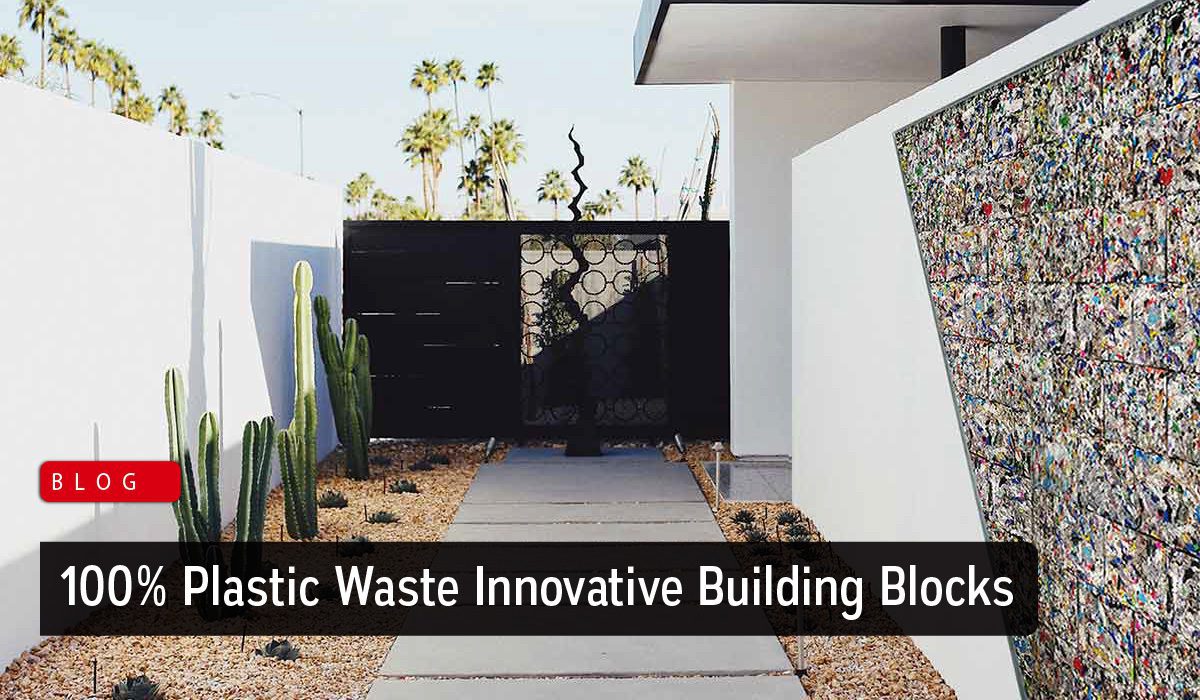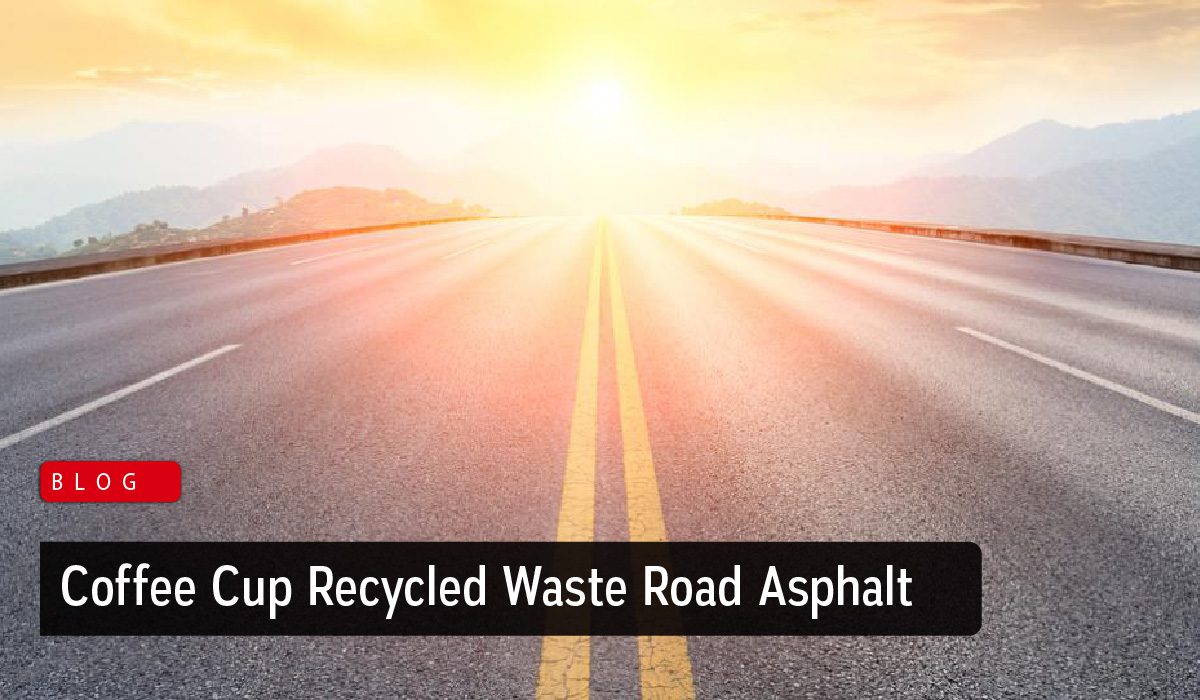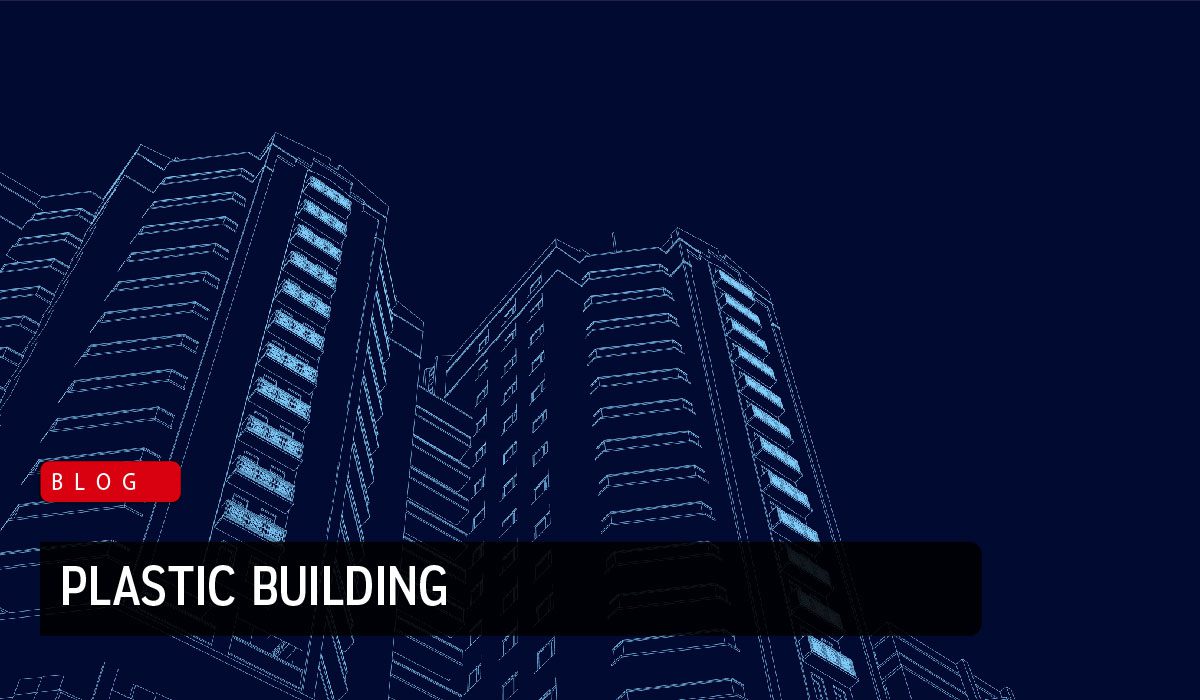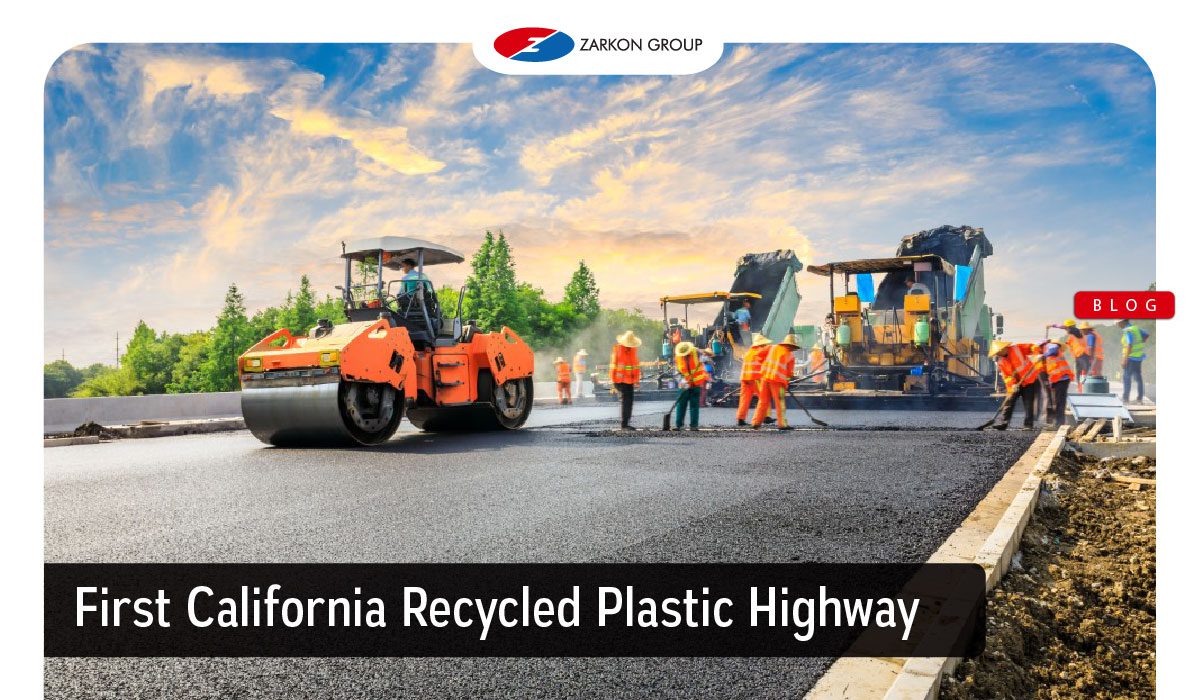Reading Time: 5 minutes
Plastic Building – Recycled Plastics in the Construction Industry

.
The construction industry is one sector that continually adapts to fit societal interests and needs. Building materials change over the decades as useful innovations come out, and companies revamp their structural techniques to develop safer buildings.
As trends transform, more businesses are turning toward sustainable building materials to comply with consumer desires and LEED standards. Plus, their efforts contribute to a healthier environment.
Recycled plastic is one material catching on within the sustainable construction movement. With so much plastic already in existence, it makes sense to convert it to other uses rather than letting it sit in landfills or pollute waterways.
Several methods exist for integrating this material within commercial construction, and they provide benefits traditional materials don’t. More builders will begin using recycled plastic and other sustainable materials in the face of rising climate change.
How Does Recycled Plastic Work?
Recycled plastic is an innovative solution to construction, requiring less energy to create and releasing fewer fossil fuels into the environment. When it reaches the end of its life, builders can recycle it again, reducing the need to manufacture new plastic.
Builders should always consider the type of plastic needed for construction. All types function differently in various environments. Most of them react to changes in temperature, becoming brittle or soft, and construction workers must know which to use for the appropriate structure.
For example, one might avoid using plastic lumber on decks, as they reach high temperatures in the summer. Likewise, freezing climates can cause synthetic structures to become fragile.
The plastic resin classification system informs consumers and manufacturers of which plastics to recycle and how. PVC often comes in the form of shower curtains and tubing, and companies can recycle it into window frames or vinyl flooring. High-density polyethylene — or HDPE — is durable, cost-effective, and well-known as one of the safer forms of plastic. It also resists temperature changes better than other types, making it ideal for outdoor structures such as fencing and roofing.
Negative Impacts of Plastic Manufacturing
Reusing existing plastic would reduce the production of virgin plastic, which people often use once and discard. Scientists have researched the time it takes for plastics to degrade, finding that it lasts hundreds of years before disintegrating. Others theorize it never does. That’s a lengthy lifespan for a material that companies only began mass-producing in the 1950s.
Plastics break down into micro plastics instead of degrading. Many of these particles are so small they can’t be seen with the naked eye. Their tiny size allows them to infiltrate the world’s drinking water on a massive scale. A study conducted by Orb Media found 83 percent of their tap water samples contained micro plastics, while 93 percent of their bottled water samples also possessed these particles. It’s safe to say that few public water sources are exempt from contamination.
Virtually all plastic comes from fossil fuels, as 90 percent of ethylene — a chemical used in creating plastic — is sourced from natural gas. Fossil fuels don’t only cause harmful emissions, however. It’s possible that harvesting these oils heats the Earth from within, creating higher temperatures in places of extraction. Average temperature in the Arctic, a location of frequent fuel extraction, has risen by 0.6 degrees Celsius every decade since the late 1970s.
Sustainable Alternatives for Plastics

Companies created 548 million tons of construction and demolition waste in 2015, which was over twice the amount of municipal waste. Using recycled plastic in building initiatives helps these businesses decrease the amount of refuse taking up landfills.
Recycled plastic can be used for roofing, flooring, and insulation. Insulation containing plastic is more energy-efficient than the traditional kind, and it’s easy to install. Plastic roofing and flooring are also simple to implement within current building techniques.
The alternatives keep growing in number. In 2017, MIT students researched the possibility of reinforcing concrete with recycled plastics. They found that irradiated plastic creates concrete that’s denser and stronger than its traditional counterpart. While this possibility is still under development, the ability to substitute even 1.5 percent of concrete with irradiated plastic can have sweeping environmental effects on a global scale.
Uses for recycled plastic in construction and their advantages:
- Bricks – easy to assemble, inexpensive, fire resistant
- Insulation – saves energy, easily installed, durable
- Replacing lumber – no need to spray with toxic preservatives for protection from weather and insects
- Concrete – stronger than standard concrete, environmentally friendly
- Roofing tiles – inexpensive, light material, quick installation
- Ceiling tiles – inexpensive, good for insulation, long lifespan
- Floor tiles – inexpensive, easy to clean, easily installed, retain warmth
- Carpeting – stain resistant, recyclable
- Windows – good insulation, long lifespan, recyclable
- Fences – durable, weather resistant, no need to paint
Humanitarian Efforts in the Construction Industry

Blue and Yellow PVC tubes
Recycled plastic has made building sustainable, affordable structures a possibility across the world. Conceptos Plásticos, a Colombian construction company, has built classrooms out of plastic brick in the Ivory Coast. It gathers its plastic from the streets of Bogotá and is currently extending collection efforts into the Ivory Coast.
Plastic litter is not only unsustainable, it also contributes to dirty water and breeds illnesses. By converting this material to a better purpose, construction companies keep locals safe and healthy while improving their quality of life.
The plastic classrooms are noticeably bigger and cooler than traditional ones, and builders can create them in a matter of weeks. The bricks are light, allowing for animal or human transportation instead of trucks, and there’s no threat of off-gassing from PVC materials.
These school buildings provide an eco-friendly way to reuse the tons of plastic waste that Abidjan and other Ivorian cities produce — only 5 percent of this waste currently undergoes recycling.
Building an Eco-Friendly Future with Recyclables
Recycled plastic is an excellent alternative to current construction methods, and environmental strain can lessen as its usage increases. Companies will save money while developing energy-efficient and safe buildings. In a world where environmental concerns are on the rise, every solution counts.

Written by: Holly Welles
Holly Welles is a real estate writer who covers the latest market trends in everything from residential to commercial spaces. She is the editor behind her own blog, The Estate Update, and curates more advice on Twitter.








